27. marts 2025
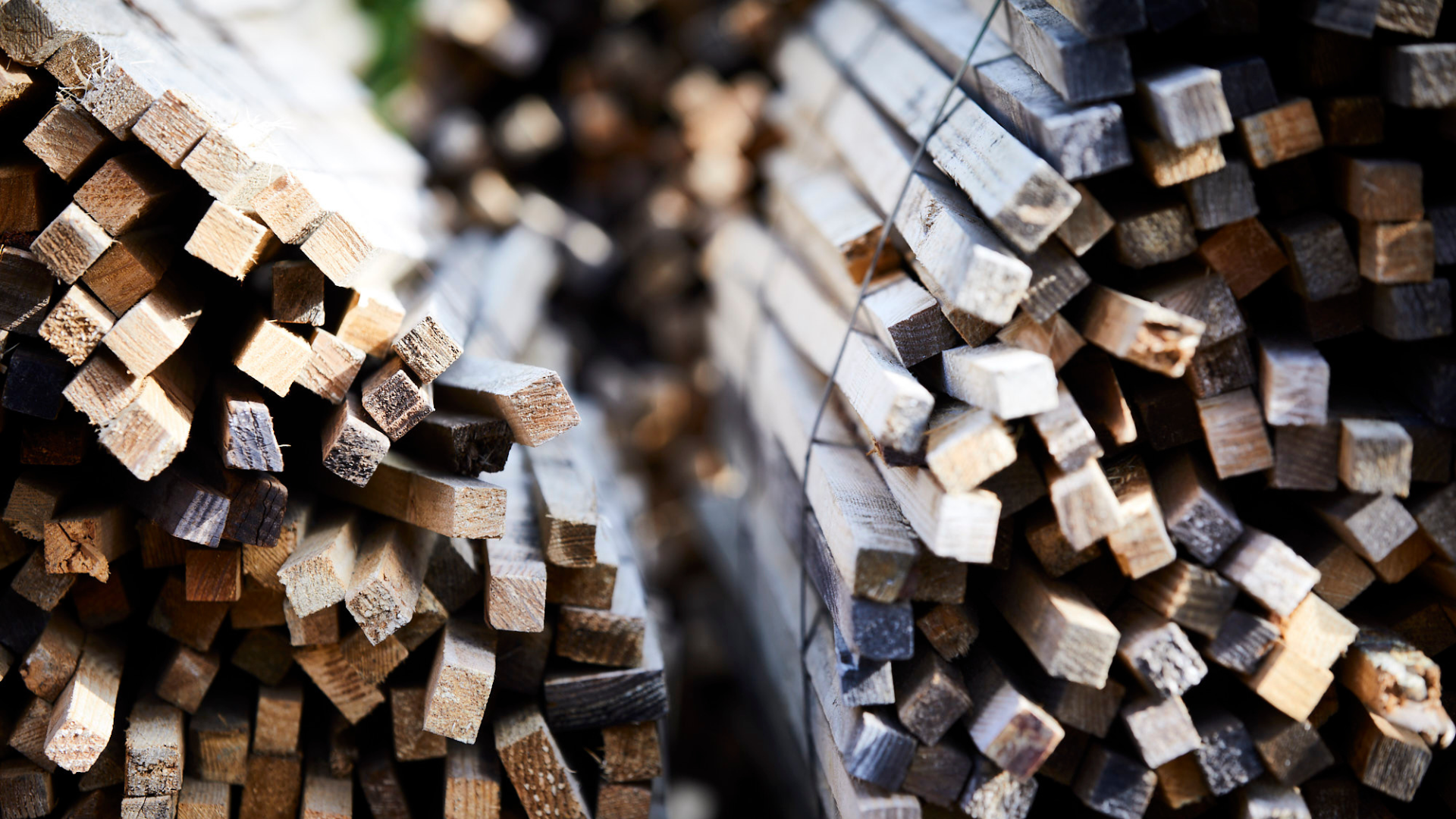
Josefine Alstrup
For 100 years, Hørning has been committed to quality, craftsmanship, and durability. But today, architecture is evolving beyond aesthetics and functionality.
Designing for the Future – Sustainability, Certification, and the Role of Wood in Architecture
For 100 years, Hørning has been committed to quality, craftsmanship, and durability. But today, architecture is evolving beyond aesthetics and functionality. The demand for sustainable solutions is reshaping the way we build, placing a greater responsibility on architects to consider environmental impact, material traceability, and long-term carbon reduction.
With increasing climate concerns, stricter certification requirements, and a growing emphasis on life cycle assessment (LCA), architecture is no longer just about designing spaces - it is about designing for the future. Wood, as one of the most sustainable building materials, is at the heart of this movement, offering a unique balance between natural beauty and climate-conscious construction.
Wood as a Climate-Positive Material
Wood is not just a design choice; it is an active part of the solution to reducing carbon emissions. As trees grow, they absorb CO₂, making timber one of the most effective ways to store carbon. By incorporating high-quality wooden floors into architectural projects, architects help lock in that stored carbon for generations, reducing the overall environmental impact of buildings.
At Hørning, we believe that wood should not only be beautiful and functional but also responsibly sourced. Our commitment to sustainable forestry ensures that every plank we produce meets the highest environmental standards, supporting the broader goal of carbon-neutral and circular construction.
The Importance of Certification and Traceability
Architects today must meet increasing regulatory demands, ensuring that materials are both ethical and environmentally responsible. FSC® and PEFC certification guarantee that the wood used in construction comes from responsibly managed forests, safeguarding biodiversity and preventing deforestation. But certification is only one part of the equation - full traceability ensures that every plank has a documented origin, providing transparency from forest to finished floor.
Hørning’s strict adherence to these certifications ensures that architects and developers can confidently integrate our products into their projects, knowing they comply with sustainability requirements while maintaining the timeless quality expected of Hørning floors.
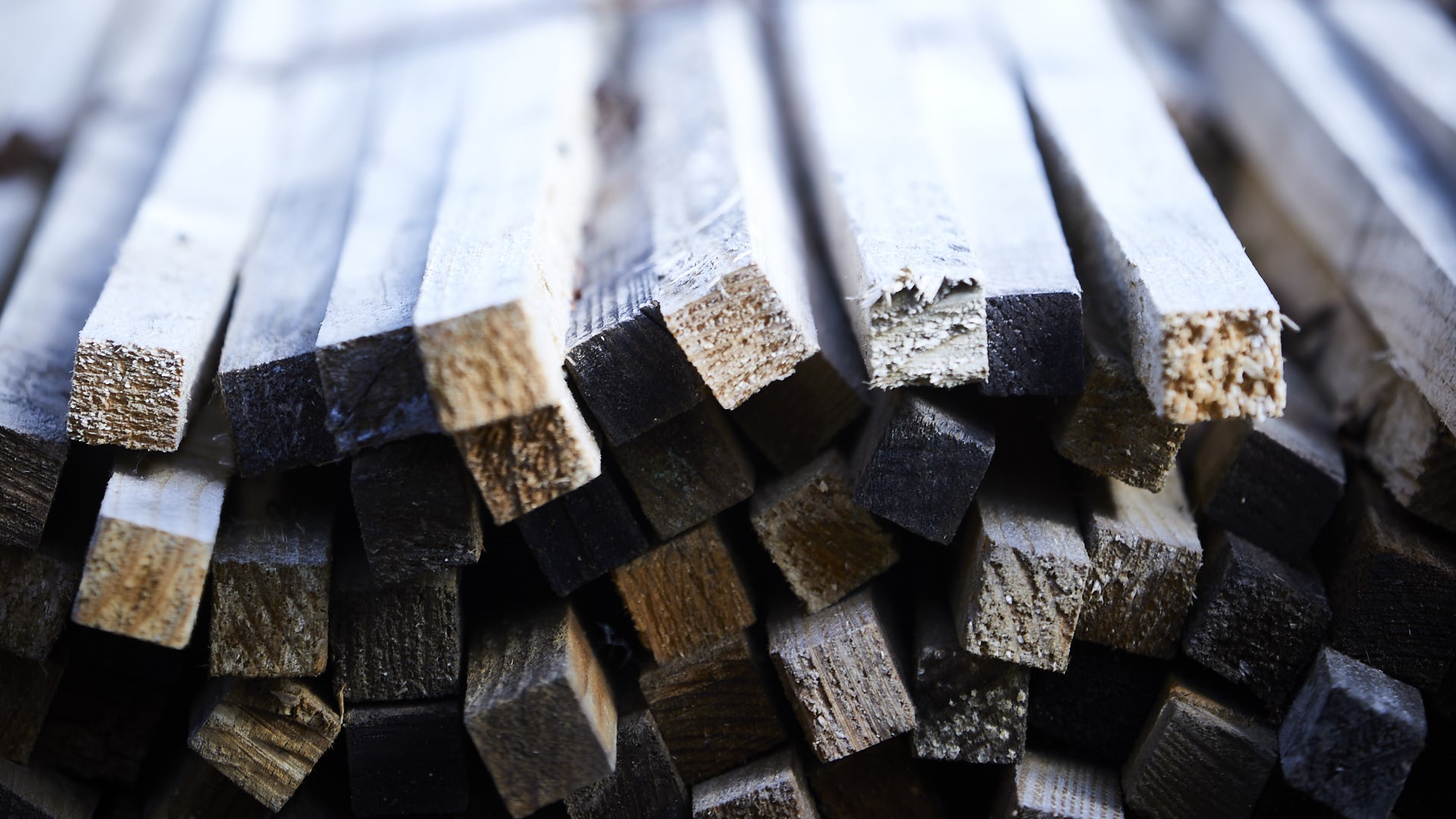
Life Cycle Assessment (LCA) and Longevity
Sustainability is not just about material sourcing; it is about longevity. Life cycle assessment (LCA) measures the total environmental impact of a product from extraction to disposal. A well-designed wooden floor, when properly maintained, can last for generations, reducing the need for replacement and minimising resource consumption over time.
Hørning’s flooring solutions are designed for durability, ensuring that even as architectural trends change, the floors remain timeless. Furthermore, alternative installation methods, such as screwing rather than gluing, allow for easier disassembly and potential reuse, aligning with circular economy principles.
Biophilic Design – Bringing Nature Indoors
Urban environments increasingly struggle with air quality, stress, and disconnection from nature. Biophilic design integrates natural elements into buildings, improving well-being, productivity, and overall quality of life. Studies show that the presence of natural materials, like wood, can lower stress levels, enhance mood, and even improve cognitive function.
By choosing wooden floors, architects create a direct link to nature within built environments. The warmth and tactile quality of wood evoke a sense of comfort and connection, making spaces more inviting and harmonious. Hørning floors, with their authentic textures and organic appeal, contribute to this vision of healthier, more sustainable architecture.
100 Years of Quality, 100 Years of Responsibility
As we celebrate a century of craftsmanship, we also recognise our responsibility in shaping the future of architecture. At Hørning, we continue to push the boundaries of sustainable flooring solutions, ensuring that every floor we produce meets the highest standards of quality, longevity, and environmental documentation.
For architects, the challenge is clear: to build spaces that are both functional and future-proof. With Hørning, they have access to materials that honour tradition while embracing innovation - where sustainability, certification, and craftsmanship meet to create architecture that stands the test of time.
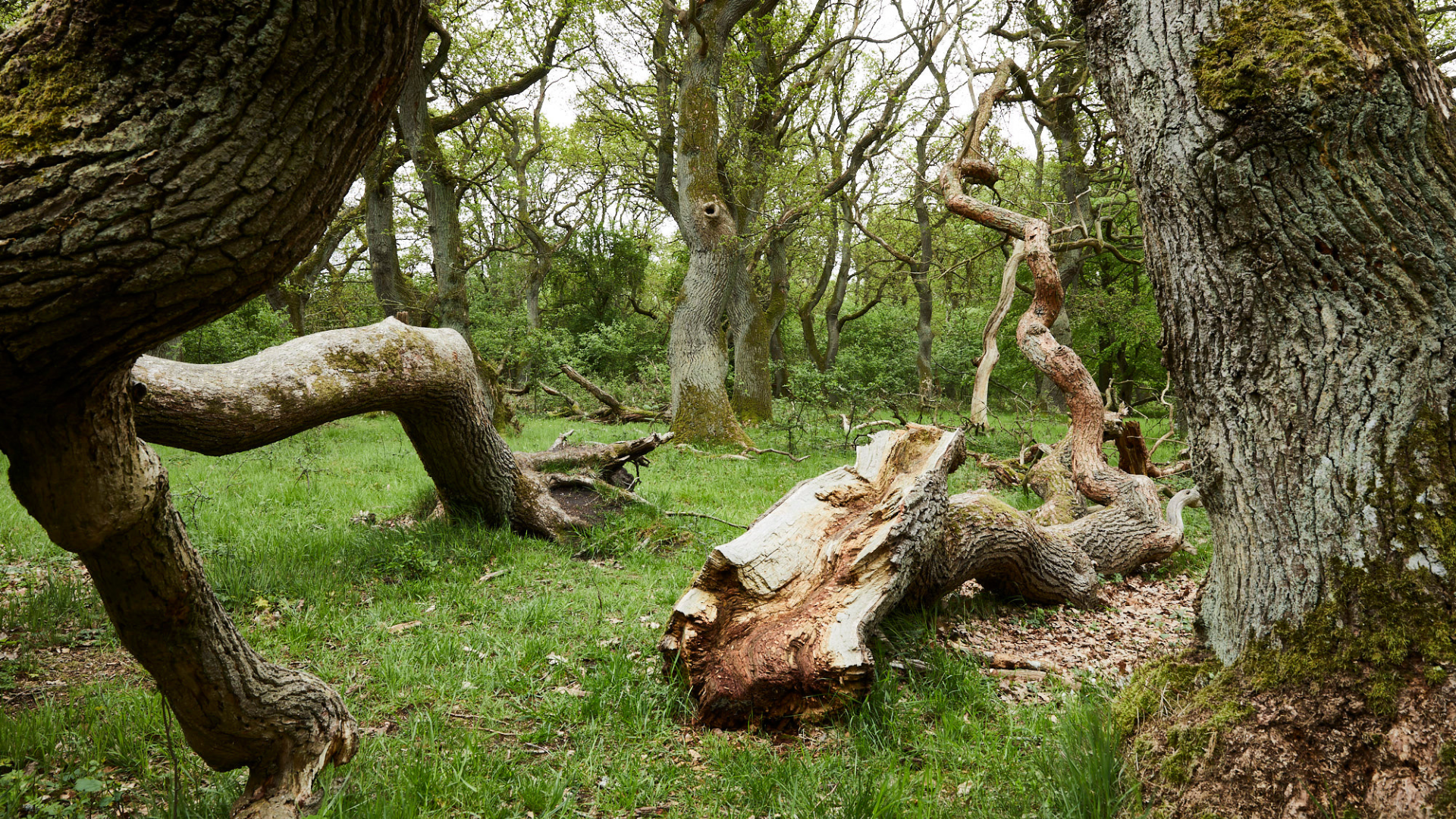
Explore more stories
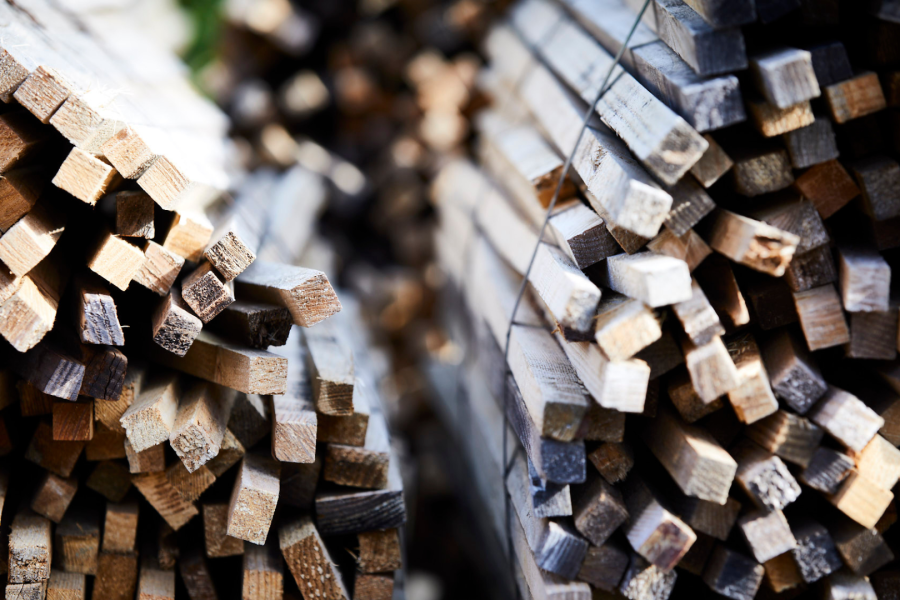
From The Forest
27. marts 2025
For 100 years, Hørning has been committed to quality, craftsmanship, and durability. But today, architecture is evolving beyond aesthetics and functionality.
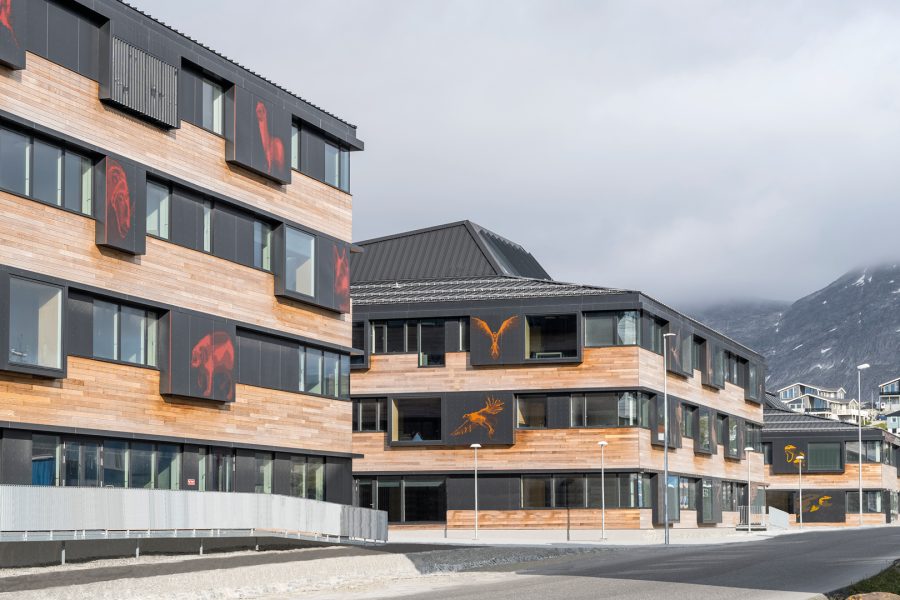
Elevating Learning Spaces
25. marts 2025
Education is more than just books and classrooms - it’s about creating environments that inspire curiosity, growth, and connection.

A Century Of Craftmanship
20. marts 2025
For over 100 years, Hørning has been synonymous with high-quality wooden flooring, delivering durable and aesthetic solutions to projects worldwide.



